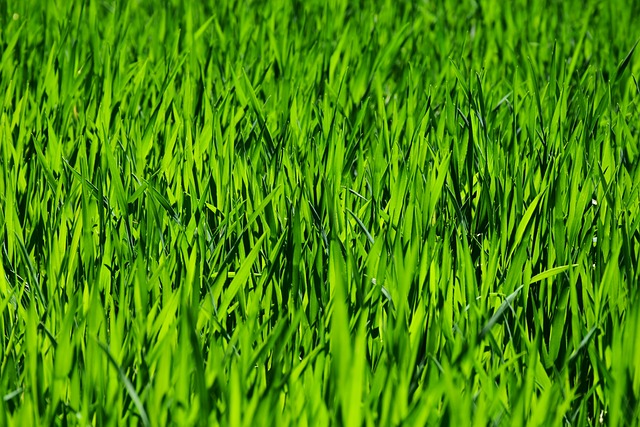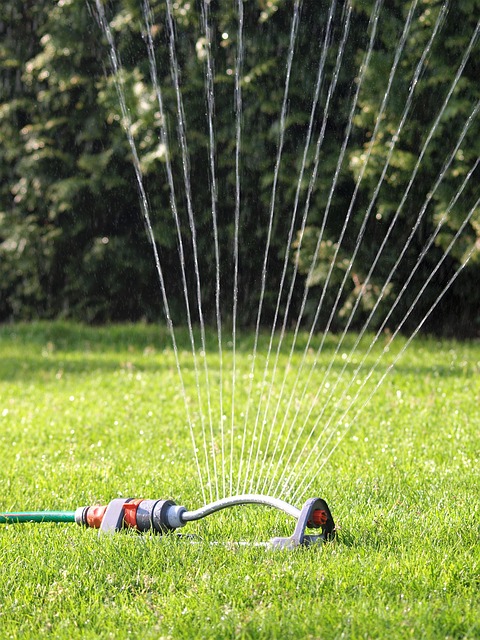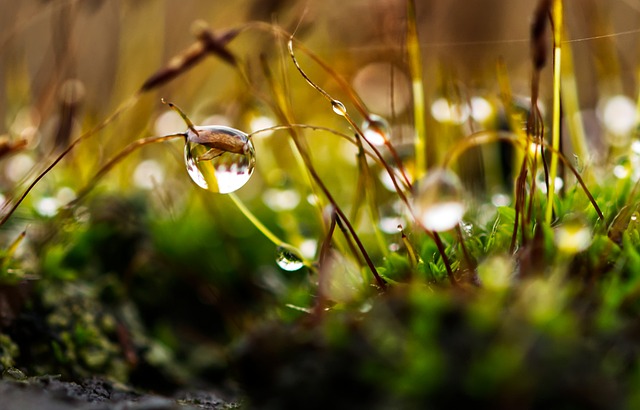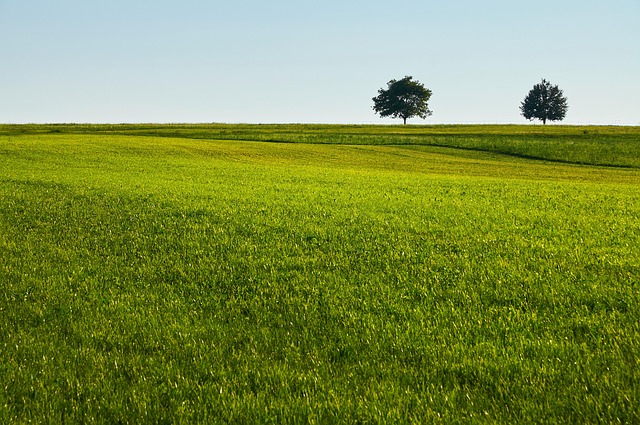Lawn care and landscaping transform ordinary yards into vibrant outdoor spaces. Key steps include soil analysis, grass selection tailored to local climates, regular maintenance like watering, mowing, fertilizing, and using irrigation systems. Strategic planting of flowers, shrubs, and trees enhances aesthetics, provides shade, and attracts wildlife. Consistent upkeep, such as raking leaves and trimming hedges, creates a well-maintained, inviting outdoor oasis. Understanding your lawn's unique characteristics is crucial for effective lawn care and landscaping practices throughout the year.
Transforming your outdoor space into a vibrant oasis is an art, and with the right guidance, it becomes achievable. This comprehensive guide delves into the intricacies of lawn care and landscaping, offering a step-by-step journey to crafting your dream garden. From understanding lawn types and seasonal care practices to designing functional yet aesthetically pleasing spaces, we explore effective strategies. Additionally, we provide insights on construction planning, contractor selection, and post-build maintenance, ensuring your outdoor sanctuary thrives. Discover the secrets to unlocking a beautiful, thriving landscape.
Lawn Care Fundamentals

When designing and building outdoor spaces, proper lawn care and landscaping are fundamental elements that transform a simple yard into a lush oasis. The foundation begins with understanding soil composition and choosing suitable grasses tailored to your region’s climate. Regular mowing, watering, and fertilizing create a healthy lawn base, preventing weeds and fostering growth.
Effective lawn care involves creating an irrigation system that efficiently distributes water, ensuring every grass blade receives adequate hydration. Integrating landscaping design principles, such as strategic planting of flowers, shrubs, and trees, enhances visual appeal while providing shade and attracting wildlife. Regular maintenance, including raking leaves and trimming hedges, contributes to a well-kept and inviting outdoor environment.
– Understanding your lawn type and needs

Before tackling any outdoor space design or build project, it’s crucial to understand your lawn’s unique characteristics and requirements. Different grass species have distinct needs in terms of sunlight, water, and nutrients, so identifying your lawn type is the first step in effective lawn care and landscaping. For instance, some grasses thrive in partial shade, while others demand full sun exposure. Similarly, knowledge of your soil composition is vital; certain types are better suited for well-drained soils, while others prefer richer, more moist environments.
Regular maintenance practices, like mowing frequency and height settings, should be adjusted according to your lawn’s needs. Proper watering techniques, including deep but infrequent irrigation, help foster a healthy root system. Additionally, understanding the best times to fertilize ensures nutrients are absorbed efficiently. This foundation of knowledge will guide your design choices, ensuring your outdoor space not only looks aesthetically pleasing but also remains lush and vibrant under professional lawn care and landscaping practices.
– Seasonal lawn care practices

Maintaining an outdoor space involves seasonal lawn care practices that are essential for a lush, vibrant landscape. In spring, aerate your lawn to improve air circulation and promote root growth. This can be done by removing small cores of soil using a core aerator, allowing water, nutrients, and oxygen to reach the roots more effectively. Additionally, fertilizing during this season helps nourish the grass as it wakes up from winter dormancy.
As summer approaches, regular mowing becomes crucial to keep the lawn healthy and visually appealing. Adjusting the mower height according to the season ensures optimal grass growth. Watering deeply but less frequently strengthens root systems, making them more resilient against dry spells. In fall, consider over-seeding to fill in bare spots and enhance overall lawn density. This practice also prepares the lawn for winter by encouraging a robust root structure that can withstand colder temperatures.
Incorporating effective outdoor space design and build practices, coupled with sound lawn care fundamentals, can transform your green haven into a thriving, vibrant landscape. By understanding your lawn type, implementing seasonal care routines, and exploring creative landscaping ideas, you can achieve a lush, healthy yard that enhances your living environment. Remember, proper lawn care and landscaping not only beautifies your outdoor space but also contributes to its longevity and resilience.



